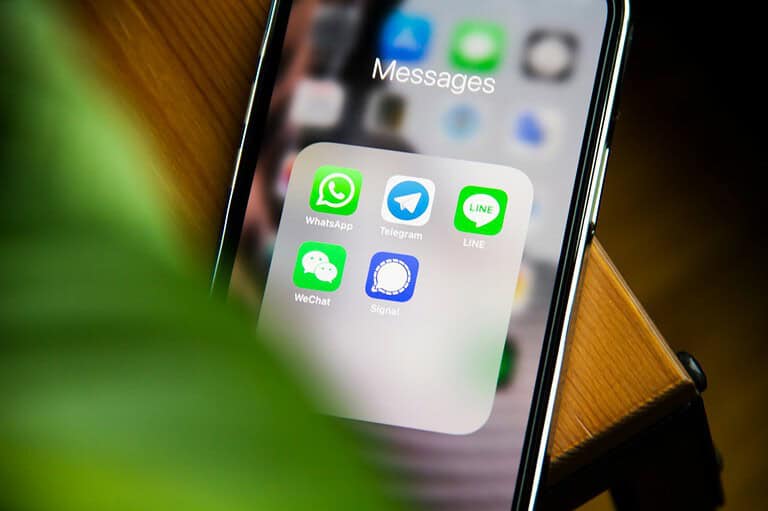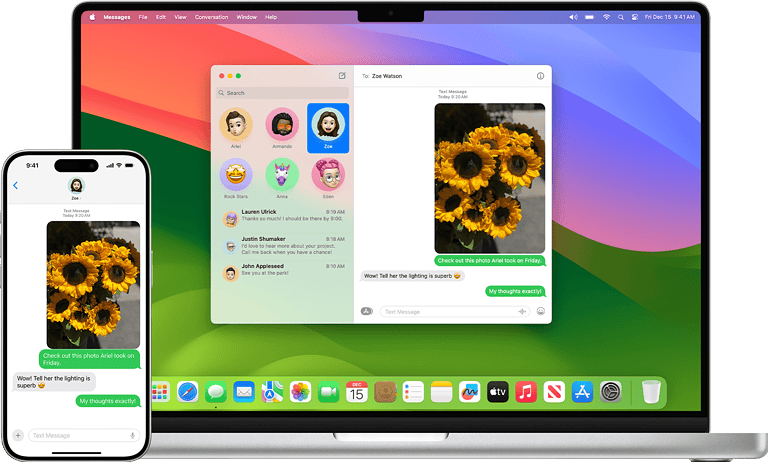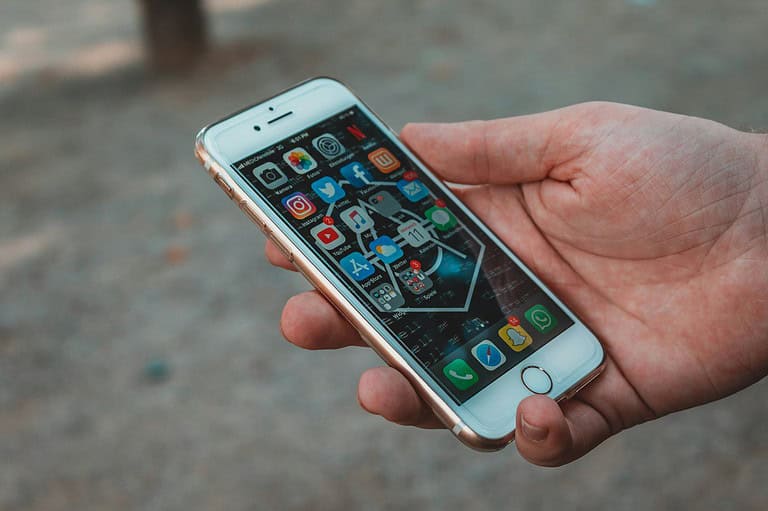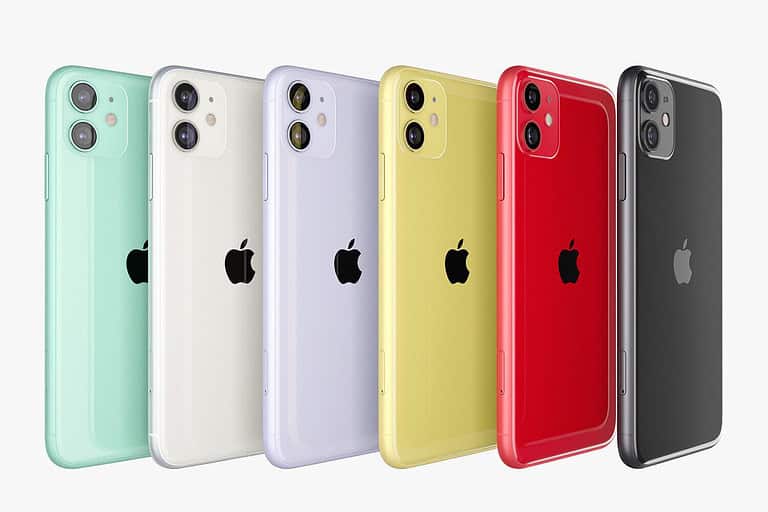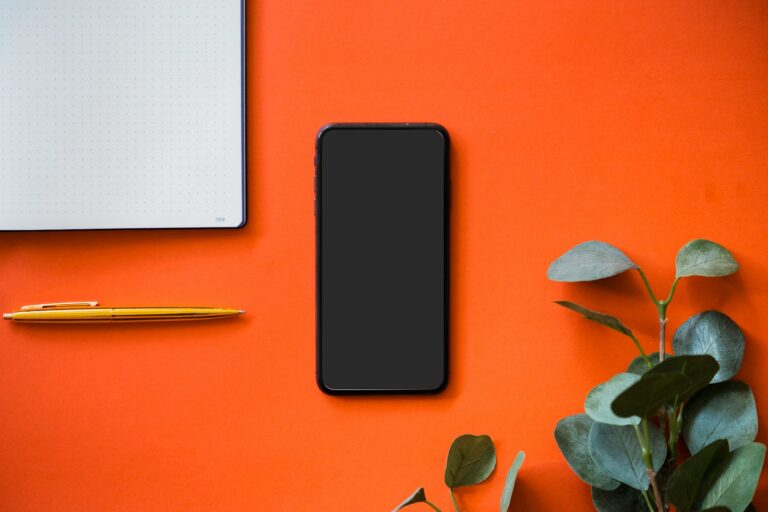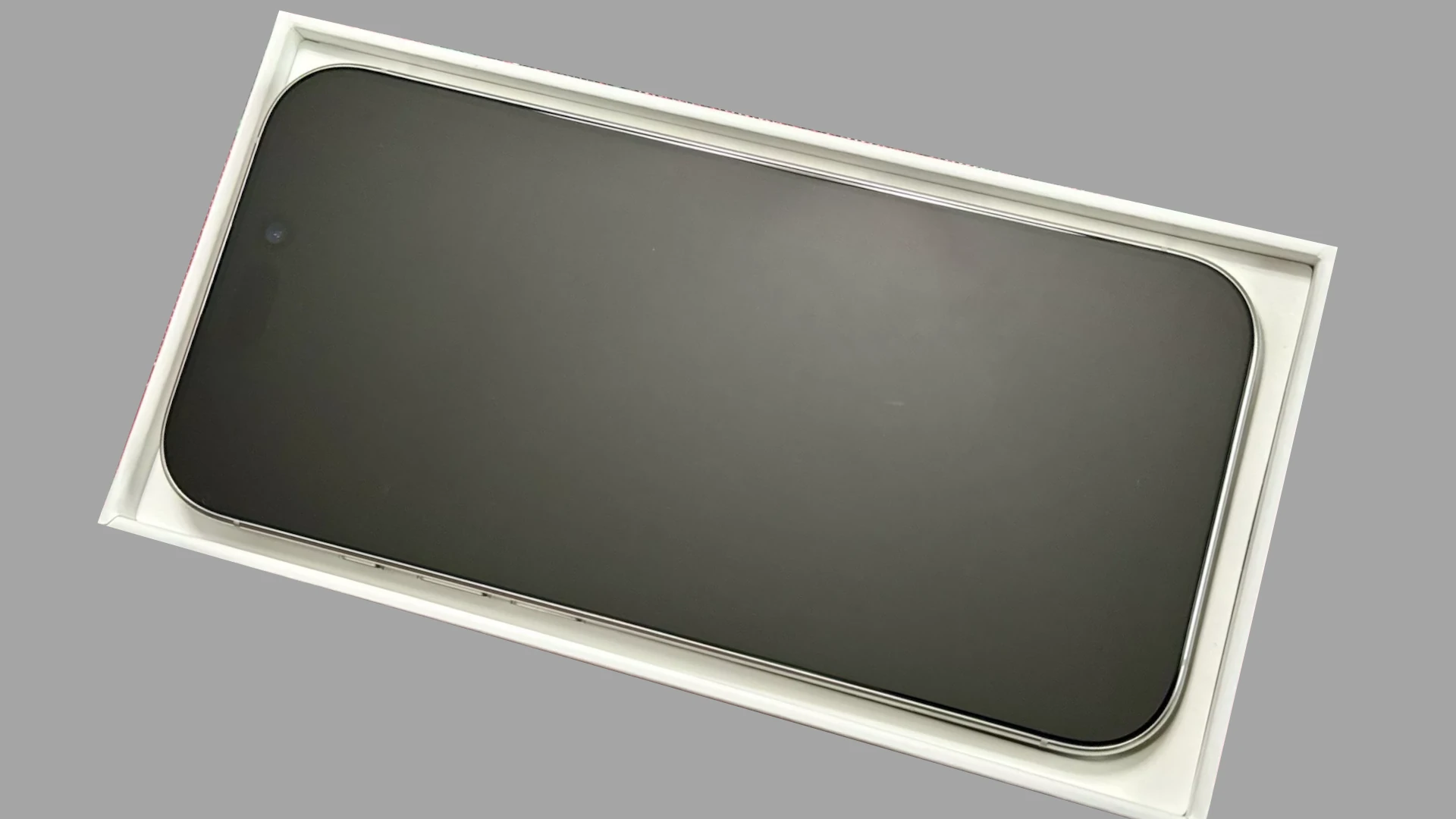
The iPhone 17 lineup is creating excitement as all models are expected to feature ProMotion technology, introducing a 120Hz refresh rate to standard iPhones. This shift is significant for Apple as it aims to meet growing consumer demands for advanced display technology and maintain its premium status.
iPhone 17: High Refresh Rate for All
The evolution of mobile displays has progressed from small, low-resolution screens to modern high-resolution OLED displays with fast refresh rates, improving image quality, responsiveness, and user experience. The iPhone 17 is poised to set new standards for future smartphones.
What is a Refresh Rate?
The refresh rate of a display measures how many times per second the image on the screen updates. It is measured in Hertz (Hz). A 60Hz display refreshes 60 times per second, while a 120Hz display refreshes 120 times per second. A higher refresh rate results in smoother motion, which is especially noticeable when scrolling, playing games, or watching videos.
ProMotion Technology
Apple introduced ProMotion, its adaptive refresh rate technology, with the iPhone 13 Pro. ProMotion dynamically adjusts the refresh rate up to 120Hz depending on the content being displayed. This means the screen refreshes faster when needed, like during gaming, and slower when static content is shown, like when reading text, optimizing battery life.
The Current Situation
Currently, only the Pro models of the iPhone have ProMotion displays with a 120Hz refresh rate. The standard iPhone models are limited to a 60Hz refresh rate.
Rumors About the iPhone 17
Recent reports and rumors suggest that Apple may bring 120Hz ProMotion displays to all iPhone 17 models. This would mean that both the standard iPhone 17 and the higher-end Pro models would have the smoother scrolling and more responsive feel of a high refresh rate display.
Benefits of a 120Hz Display
- Smoother Scrolling: Scrolling through web pages, social media feeds, and app menus appears much smoother and more fluid.
- Enhanced Gaming: Games feel more responsive, with reduced motion blur and a more immersive experience.
- Improved Video Playback: Fast-paced videos and action scenes appear clearer and less choppy.
Potential Drawbacks
- Battery Consumption: Higher refresh rates can potentially use more battery power. However, Apple’s ProMotion technology is designed to mitigate this by dynamically adjusting the refresh rate.
- Cost: Implementing 120Hz displays across the entire lineup could potentially increase the cost of the standard iPhone 17 models.
Comparing Refresh Rates
Here’s a comparison of different refresh rates and their typical uses:
| Refresh Rate (Hz) | Description | Typical Use Cases |
|---|---|---|
| 60 | Standard refresh rate. | Basic tasks, web browsing, email. |
| 90 | A noticeable improvement over 60Hz. | Some mid-range smartphones. |
| 120 | Very smooth and fluid motion. | High-end smartphones, gaming devices. |
What This Means for Consumers
If the rumors are true, this change would be a significant improvement for all iPhone users. It would make the overall user experience smoother and more enjoyable, regardless of which iPhone 17 model you choose.
The Impact of Display Technology on User Experience
While refresh rate is a key factor, other display technologies also play a crucial role in the overall user experience. Display resolution (measured in pixels), panel type (OLED or LCD), and color accuracy all contribute to the quality of the image. OLED displays, for example, offer deeper blacks and better contrast compared to LCDs. These factors, combined with a high refresh rate, can create a truly immersive and visually appealing experience.
Short Summary:
- All iPhone 17 models expected to feature ProMotion with 120Hz refresh rates.
- Apple adds LTPO technology, enhancing power efficiency and dynamic capability.
- Upcoming changes may redefine the user experience and bridge the performance gap with competing Android devices.
For years, iPhone users have watched as flagship Android models embraced high refresh rate displays, leaving Apple’s standard models in the dust with the outdated 60Hz. However, strong reports and leaks indicate that the forthcoming iPhone 17 series will not only break this cycle but will reinvigorate Apple’s product line in a tremendously competitive smartphone market. Set to launch in September 2024, the iPhone 17, along with its variants including a possible “iPhone 17 Air,” is expected to introduce high refresh rate displays across the board for the first time in Apple’s standard iPhone lineup.
Renowned leaker Digital Chat Station recently took to social media, asserting that recent supply chain details point towards the inclusion of higher refresh rates in all iPhone 17 models. While they stopped short of revealing the specific hertz rate, earlier speculation strongly suggests that this will involve Apple’s high-end “ProMotion” technology, previously limited to Pro models. The long-awaited transition away from 60Hz, a refresh rate that Apple has consistently used since the launch of the original iPhone, signals a pivotal shift.
“The entire iPhone 17 lineup is mentioned to be equipped with LTPO displays that can proficiently manage refresh rates from 1 to 120Hz,” noted Display Supply Chain Consultants expert Ross Young, who added that this advancement could reshape user interaction.
One of the critical enablers of this upgrade is the adoption of low-temperature polycrystalline oxide (LTPO) display technology. This sophisticated panel technology allows for variable refresh rates while prioritizing energy efficiency. The current iPhone 16 and 16 Plus utilize lower efficiency low-temperature polycrystalline silicon (LTPS), restricting them to just 60Hz. With LTPO, the iPhone 17 models will not only benefit from the smooth performance of 120Hz but can also achieve energy savings by lowering the refresh rate in less demanding scenarios, such as reading static content.
What is ProMotion?
ProMotion is Apple’s branding for its high refresh rate display technology, which dynamically adjusts the screen’s refresh rate to improve user experience. By allowing a refresh rate ranging from 1Hz to 120Hz, ProMotion enhances everything from casual scrolling through social media to immersive gaming experiences.
At the lower end, 1Hz contributes to features like the always-on display, which Pro models have enjoyed for some time. Conversely, the peak 120Hz refresh rate enables exceptionally fluid scrolling and interactions, setting apart the more advanced models from their competitors.
The shift to LTPO and ProMotion could revolutionize how users experience their devices. Enhanced touch responsiveness and smoother visuals are expected to impact everything from interactive gameplay to video playback. This could be transformative for Apple’s market positioning, breathing new life into users’ daily smartphone routines.
Anticipated Changes and Upgrades
The expected iPhone 17 series lineup is said to include the standard model, a Pro version, a Pro Max variant, and potentially a new “iPhone 17 Air,” thought to be one of the slimmest models ever produced by Apple. The rumors around the design also point to a significant redesign for the rear camera module, possibly inspired by Google’s layout in their Pixel series, which featured a horizontal bar setup for its camera.
“The new camera module design foreshadows a major evolution in Apple’s smartphone imaging technology, enhancing both photographic capabilities and visual appeal of the devices,” speculated a tech analyst familiar with Apple’s design approach.
In addition to display advancements, there are whispers about a new WiFi and Bluetooth chip set to replace the current Broadcom component, which could lead to improved longevity and features, though this transition may come with trade-offs concerning overall connectivity strength.
Market Dynamics
Apple’s historical reluctance to adopt higher refresh rates in the standard iPhone models has long been a point of contention among loyal users. With 60Hz displays feeling increasingly out-of-touch in a premium smartphone market, this upcoming move signals a potential change in strategy. Not only does it make Apple more competitive against Android phones, which commonly boast 120Hz displays across various price points, it also emphasizes Apple’s commitment to delivering groundbreaking features to a wider audience.
Market analysis from UBI Research corroborates the possibility of all iPhone 17 systems switching to LTPO technology, lifting Apple from its lagging position. If true, this momentous upgrade could erase long-standing gaps in features and capabilities seen in the competition.
Looking Forward
As the launch moment draws closer, these upgrades have set user expectations sky-high. However, while many insiders are optimistic about the presence of 120Hz in the iPhone 17, not everyone is entirely convinced that all non-Pro models will receive ProMotion. Commentators suggest that Apple could potentially opt for a more moderate implementation, possibly introducing screen specifications that hover around the 90Hz mark to balance cost with performance.
“In the grand scheme, 90Hz could serve as a viable compromise, offering enhanced smoothness while placing a distinctive tier between the standard and Pro models,” noted an industry insider.
The speculation continues as the tech community awaits any forthcoming announcements from Apple. If all goes according to plan, Apple will officially unveil the lineup next September, transforming user interaction and experience for millions globally.

